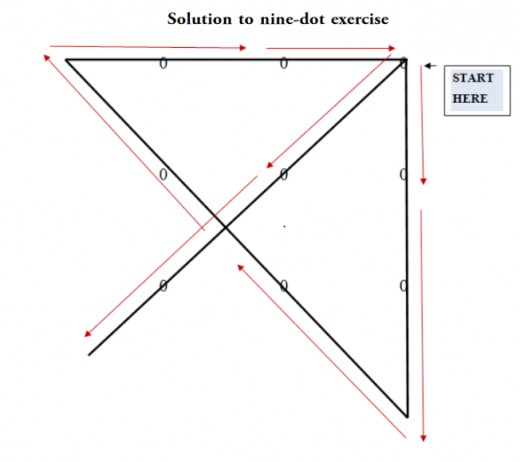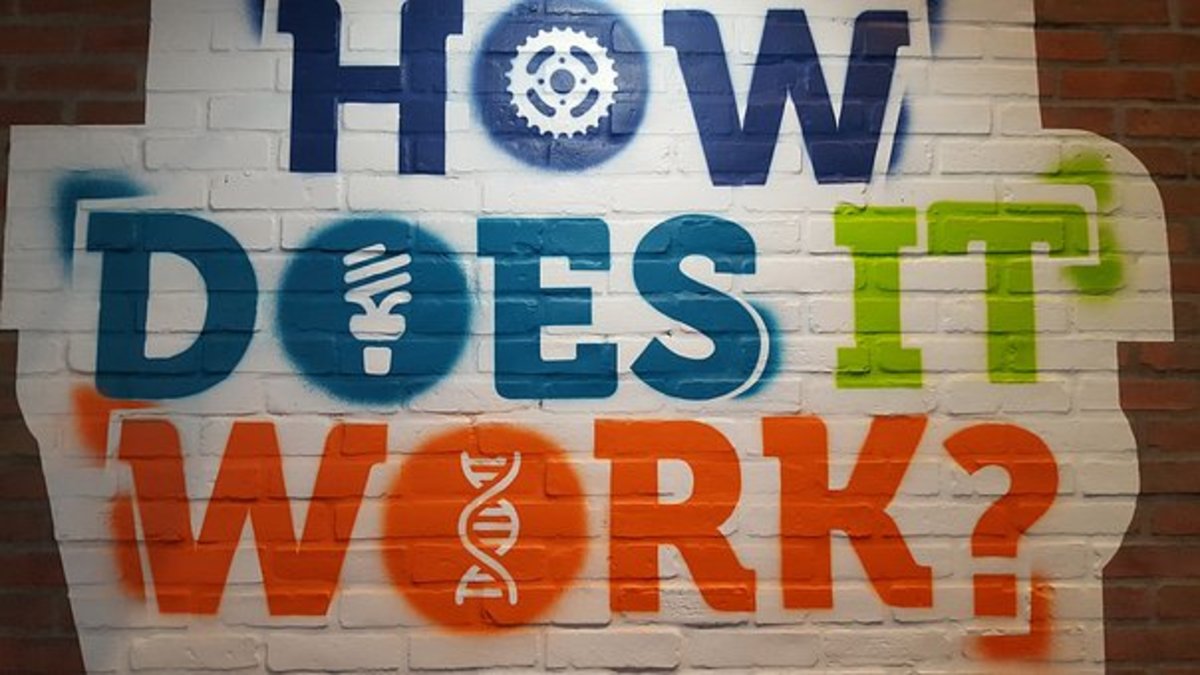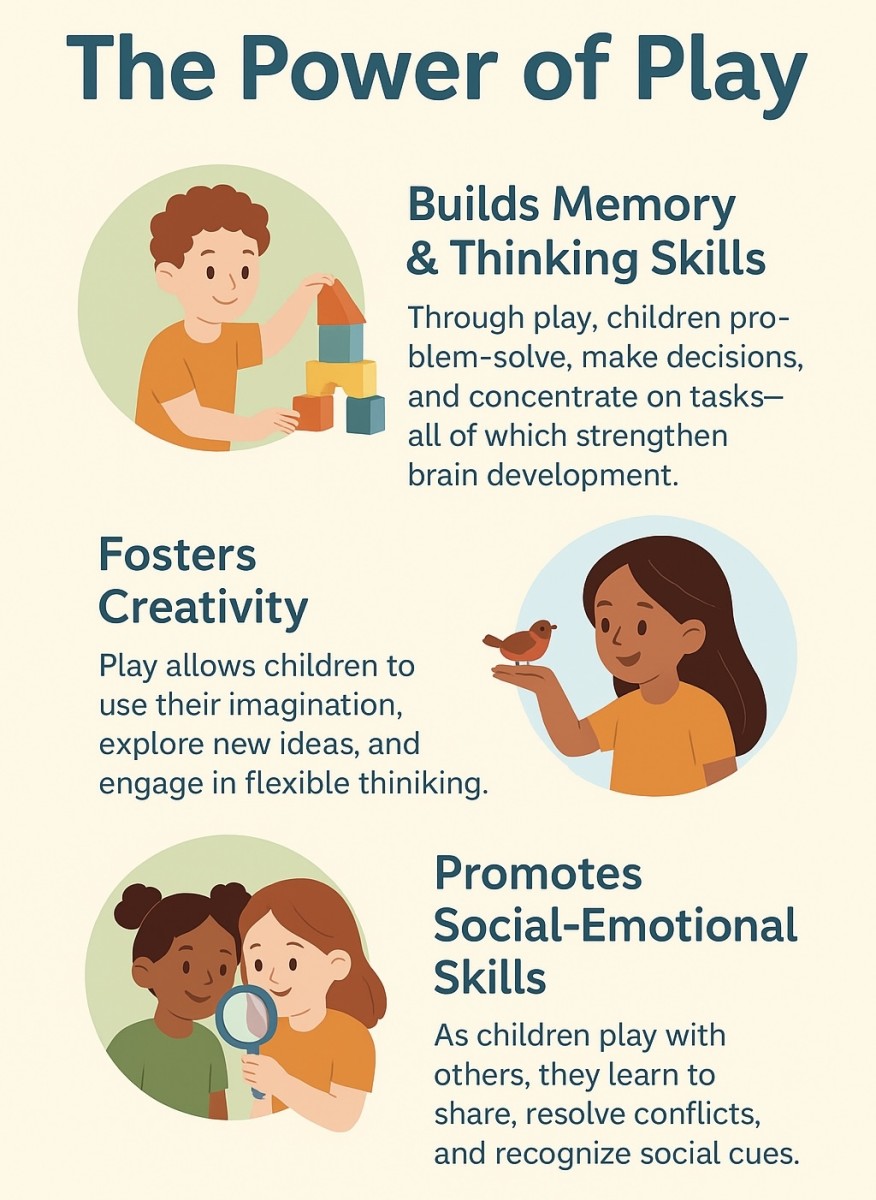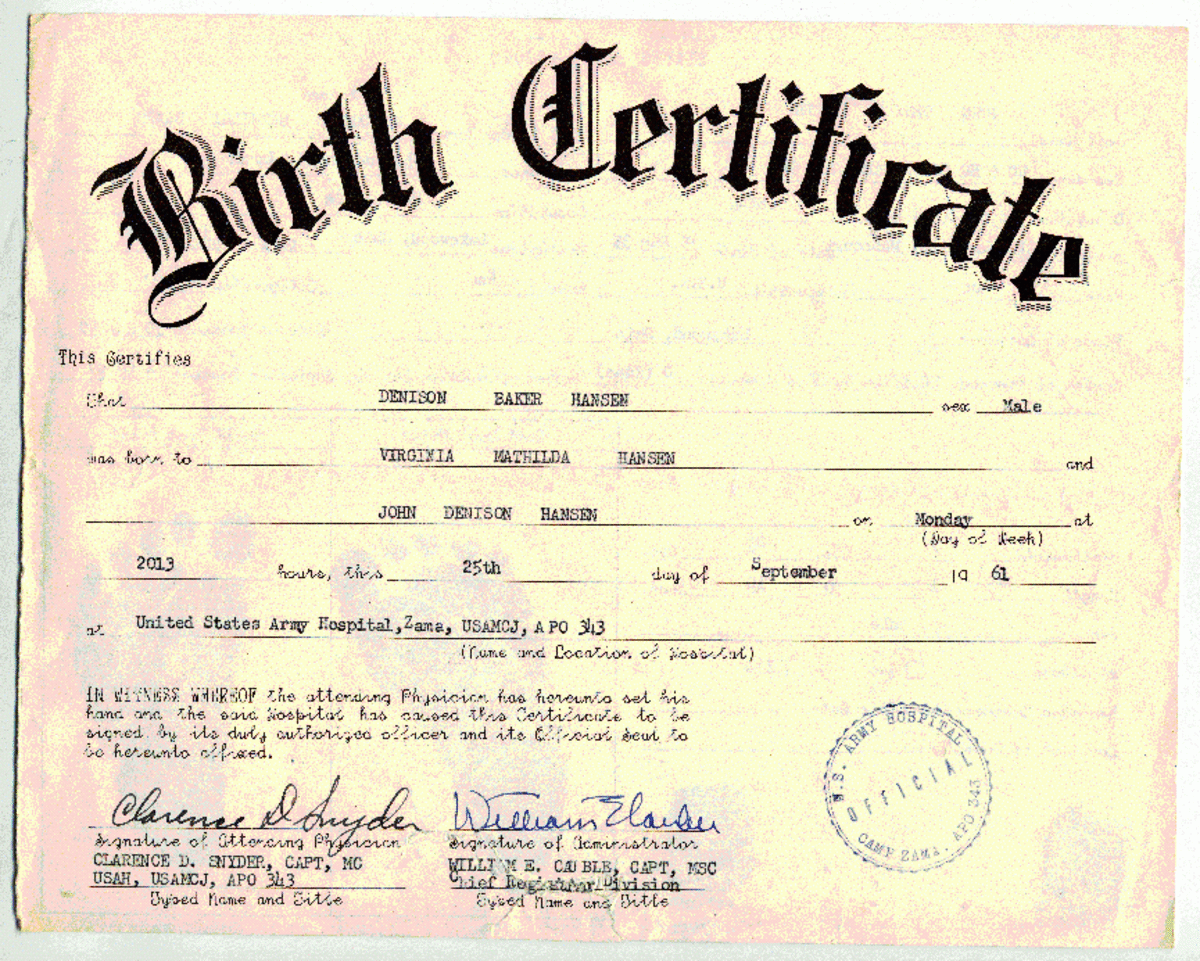Overview On How Thinking Skills Let You Pass Your Daily Life

Introduction
Learning doesn’t mean only rote learning which is the memorization of information based on repetition. Examples of rote learning are the alphabet, numbers, multiplication tables, statistical and chemical formulae etc.
However, its role is limited to learning of basic facts and figures. In order to pursue higher levels of learning, it will be helpful if thinking skills are developed. It will ensure that the learning that takes place will not only be based on real understanding of the subject but will also be of a more lasting nature. It is more so because such learning will be borne out of one’s own conviction.
You can improve your thinking skills by understanding specific types of thinking, how they work, and practicing to improve your thinking abilities. As you become more conscious about these skills, you become a better learner.
CORE THINKING SKILLS
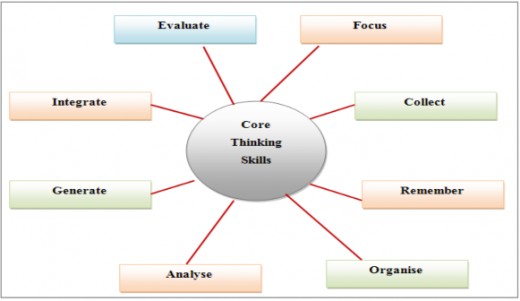
1. FOCUSSING SKILLS
These involve paying attention to selected units of information and discarding others that may not be relevant to the situation. This can be done by doing the following:
- Clarify your needs;
- Sort out discrepancies;
- Ignore situations that confuse you;
- Define the problem;
- Decide the purpose;
- Think of the direction;
- Set goals and objectives.
2 INFORMATION COLLECTION SKILLS
These involve thinking of the relevant data which is required for further processing. You can do this by following these strategies:
- Observe around you;
- Get information using various resources;
- Spot new information;
- Question its validity;
- Select what is relevant for your purpose.
3 REMEMBERING SKILLS
This means storing the information that you have collected. You can do this as follows:
- Store the new information in long-term memory;
- Retrieve it from long-term memory when you need to use it.
4 ORGANIZING SKILLS
All the information that you collect must be organized systematically so that you may easily retrieve it when needed. This is like filing your documents in separate files with clear indication as to what each file contains. You can do this in the following manner:
- Sort out information having similar and different attributes;
- Group the information based on their similarities and differences;
- Label them accordingly;
- Put them in a sequential order.
5 ANALYZING SKILLS
This means examining the different parts of information and their inter-relationship. This can be done as follows:
- Decide the characteristics of various parts;
- Identify the patterns of relationship between different parts;
- Identify the main ideas and sub-ideas;
- Identify if there are any logical errors, and correct them wherever possible.
6 GENERATING SKILLS
It means producing new ideas. This is how you can do so:
- Think beyond the available information;
- Anticipate what could happen;
- Explain by adding details and examples.
7 INTEGRATING SKILLS
This means that after you have collected information and generated new ideas, you have to connect the information in order to fit the different pieces in a logical manner i.e. you have to integrate all the relevant information. For this, you have to do the following:
- Make a summary of all the information by combining it in a precise and understandable statement;
- Reorganize the existing information to make way for new information.
8 EVALUATING SKILLS
This means looking at the quality and logic of the information collected. So you evaluate it in the following manner:
- Set standards which you would like to have;
- Set up criteria that you will apply for judging the relevance and validity of information;
- Verify the accuracy of information you have collected.
CATEGORIES OF THINKING
Basically there are two categories of thinking – critical and creative. They not only help you in solving problems but also enable you to be efficient in the process of decision making. However, it is essential that you remain flexible in your thinking. It will ensure effectiveness of your thinking.
1 CRITICAL THINKING
If you have the ability to think critically, it means that you have the skill to judge whether an idea is feasible.
In modern times, things keep moving very fast. New developments take place even before you have been able to implement the ones that came before them. This is a very fast-paced world. If you do not keep up with it – or rather ahead of it – you will be left behind, and your competitors will surge ahead. So what you do is to think critically, evaluate, and make informed decisions. The information that you already have may have gone out of date, so think – and think critically – and learn with confidence.
Once you have developed the ability to think critically, your confidence level as well as the capacity to learn will be enhanced enormously. Think what you can do then out of the following:
- Be open to assess and absorb new ideas;
- Use your intellect independently;
- Be ready to ask relevant questions;
- Look for validity of information;
- Be able to connect various ideas in a cohesive manner;
- Analyze and comprehend new information;
- Be able to separate fact from fiction;
- Have a questioning temperament;
- Use your reasoning capability avoiding common mistakes;
- You will not allow emotions to overtake logic.
2 CREATIVE THINKING
It means thinking of unusual ideas which have not been brought forth by anyone so far. If you want to think of new ways of doing things, you have to leave the shelter of your limited horizon and think “out of the box”.
There are always different approaches to a problem, and many different ways of doing things, so if you choose the uncharted path, you pave the way for yourself to find new meanings, different interpretations, and still be logical.
Here is an exercise for you. There are nine dots. Try to connect all nine dots. Draw only four straight lines. Your pencil must not leave the paper before connecting all the dots.
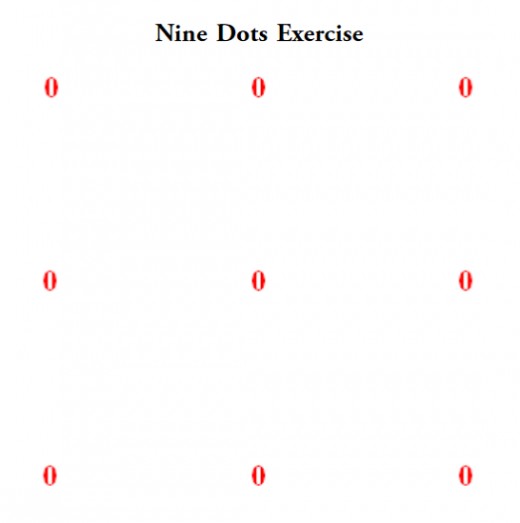
Have you been able to do it? What did you do first? Did you think of a new way of doing it?
The purpose of this exercise is to show you that you can think of learning to do a thing in an unorthodox way.
Creative thinking will help you develop new ideas and concepts, and ensure long-lasting learning.
When you try to use creative thinking, remember the following:
- There isn’t always one right answer. There are many such answers.
- In order to be creative, you may have to forego logic sometimes. Only then you will be able to use your creativity.
- Engaging in creative thinking is quite often fun as you try to explore new ways not yet tried.
- You may not always succeed. Keep trying and ultimately you will hit upon an innovative idea.
- Creative thinking will definitely make you an efficient learner.
So you see that you don’t have to confine your pencil to dots only. It can go beyond them! Aren’t you being creative? Think about it!
